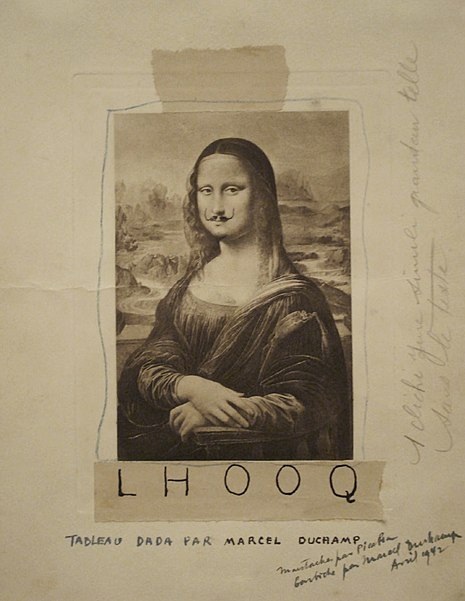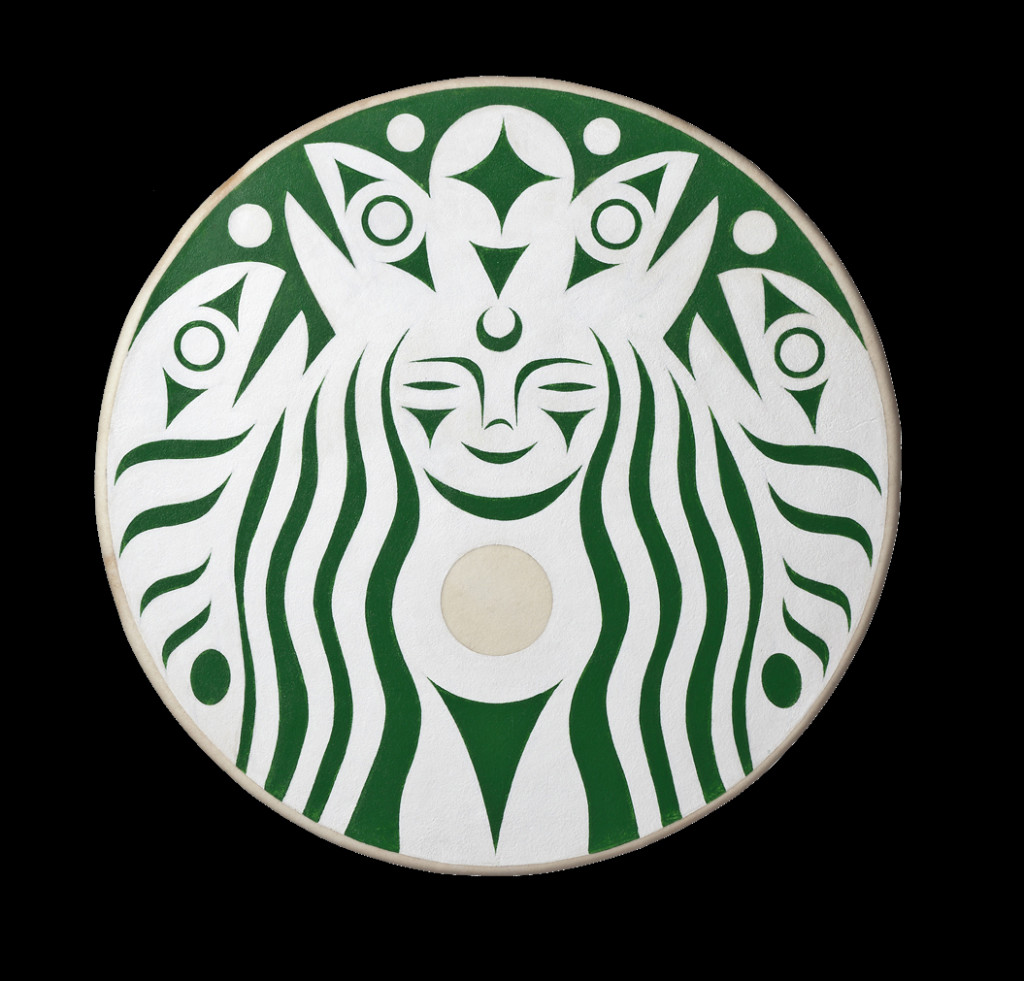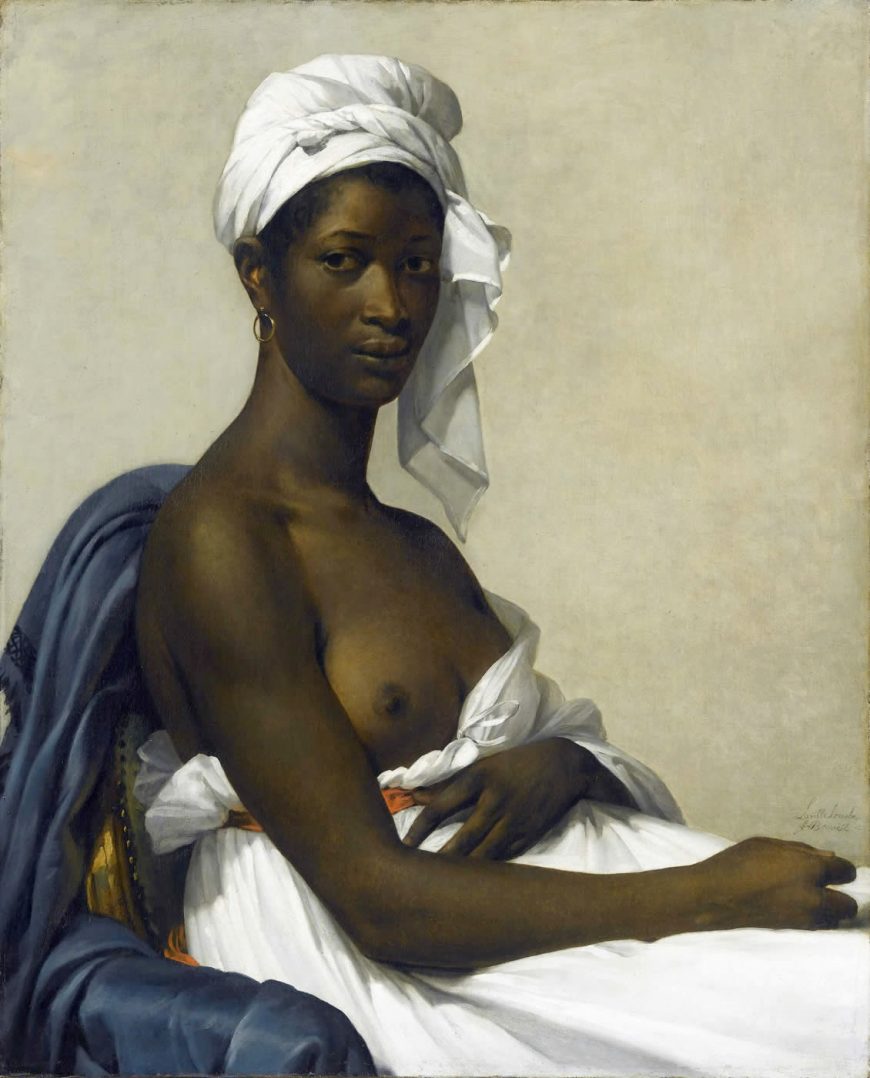The Work of Art in the Age of Mechanical Reproduction by Walter Benjamin
- Benjamin is part of the Frankfurt School at Institute of Social Studies in Germany.
- They are trying to examine the failure of Marxist revolutionary social change.
- The idea is that ideology disseminated through mass media are making it very difficult for Marx's prognotication are making it very difficult for social change to occur.
- 19th century modernity: mass transportation, factory work, dissemination of capitalism, movement to cities and experience of urban life
These convergent endeavors made predictable a situation which Paul Valéry pointed up in this sentence: “Just as water, gas, and electricity are brought into our houses from far off to satisfy our needs in response to a minimal effort, so we shall be supplied with visual or auditory images, which will appear and
disappear at a simple movement of the hand, hardly more than a sign.” (op. cit., p. 226) Around 1900 technical reproduction had reached a standard that not only permitted it to reproduce all transmitted works of art and thus to cause the most profound change in their impact upon the public; it also had captured a
place of its own among the artistic processes. For the study of this standard nothing is more revealing than the nature of the repercussions that these two
different manifestations—the reproduction of works of art and the art of the film—have had on art in its traditional form.
Q: Why does it matter that film minimizes the aura?
At the time, art reacted with the doctrine of l’art pour l’art, that is, with a theology of art. This gave rise to what might be called a negative theology in the form of the idea of ‘pure’ art, which not only denied any social function of art but also any categorizing by subject matter. (In poetry, Mallarmé was the first to take this
position.) An analysis of art in the age of mechanical reproduction must do justice to these relationships, for they lead us to an all-important insight: for the first time in world history, mechanical reproduction emancipates the work of art from its parasitical dependence on ritual. To an ever greater degree the work of art reproduced becomes the work of art designed for reproducibility.7 From a photographic negative, for example, one can make any number of prints; to ask for the ‘authentic’ print makes no sense. But the instant the criterion of authenticity ceases to be applicable to artistic production, the total function of art is reversed. Instead of being based on ritual, it begins to be based on another practice—politics.<br>
Ritual: pre-modern timesPolitics: Despite the political painting the art piece will be associated with the aura of original piece of art.
- Film is not auratic because in film: 1) spaces and times are constructed 2) actors performance is stitched together 3) actors do not share space with spectators 4) multiple points of view 5) appeals to a MASS AUDIENCE and a COLLECTIVE AUDIENCE 6) reveals new aspects of the thing reproduced (time alpse, slow motion).
How do institutions put the aura back into film?
In photography, exhibition value begins to displace cult value all along the
line. But cult value does not give way without resistance. It retires into an ultimate retrenchment: the human countenance.
The superstar is a way to put the aura back into film
The film responds to the
shriveling of the aura with an artificial build-up of the “personality” outside the studio. The cult of the movie star, fostered by the money of the film industry, preserves not the unique aura of the person but the “spell of the personality,” the phony spell of a commodity. So long as the movie-makers’ capital sets the fashion, as a rule no other revolutionary merit can be accredited to today’s film than the promotion of a revolutionary criticism of traditional concepts of art. We do not deny that in some cases today’s films can also promote revolutionary criticism of social conditions, even of the distribution of property. However, our present study is no more specifically concerned with this than is the film production of Western Europe.
*Marx says capitalism produces the seeds of its demise. We can think of that as a guiding principle in which capitalism produces the neorosis that leads Chaplins character into a destructive set of behaviors that stops the Fordist capitalist production in a factory.
Feelings of belongoing and togetherness and being overhwemed by a mass you want to be a part of , but for Benjamin this is a trynanny where people feel they are in control but they are not really in control. Thus communism replies by politicizing art. Art for art's sake is harmful when put in the service of a facist regime. Art for political progress.
The growing proletarianization of modern man and the increasing formation of masses are two aspects of the same process. Fascism attempts to
organize the newly created proletarian masses without affecting the property structure which the masses strive to eliminate. Fascism sees its salvation in giving these masses not their right, but instead a chance to express themselves.21 The masses have a right to change property relations; Fascism seeks to give them an expression while preserving property. The logical result
of Fascism is the introduction of aesthetics into political life. The violation of the masses, whom Fascism, with its Führer cult, forces to their knees, has its counterpart in the violation of an apparatus which is pressed into the production of ritual values.
Film is not merely a translation of an in-person thetaer performance. Rather film is performing for future audiences and for the director and for cinematrography. This supports the idea that film is a collabroative creation that brings an object into the world.
One film can be playing multiple times around the world and so this can be distributed on mass scale.
Film is not merely a recording of reality. Film reproduced new aspects of the things reproduced through slow motion and it brings to light entirely new aspects of matter but discloses quite aspects within them. If Benjamin merely interested in the epistemological possibility of the film to expand our limited perceptual appartus, yes but think about how this reinforces his claim that film moves us away from the aura,...that if we can see unknown aspects by recording it then we can't rely on film to reproduce an original we have to keep in mind that the image is qualitatively distinct from our perceptual access to the thing. So film is not merely a copy of the thing that it records.
Benjamin flips things and says that maybe film isn't art the way we see an art and this will get us away from the trappings.
What is Benjamin's definition of art which he is defining with the aura, the transcendence of individual of ritual.
- substructure or base: factors that produce commodities and economic relations that result from these concrete aspects
- superstructure: culture, law, media that for a Marxist thinker emerges in the way that the economic structure functions; the more media/education/political cosumption that you do the less you are going to understand the conditions of your exploitation and the more you are going to think change is possible.
- What role does cinema play in the move from cult and aura to mechanical reproduction? See snapshots.







